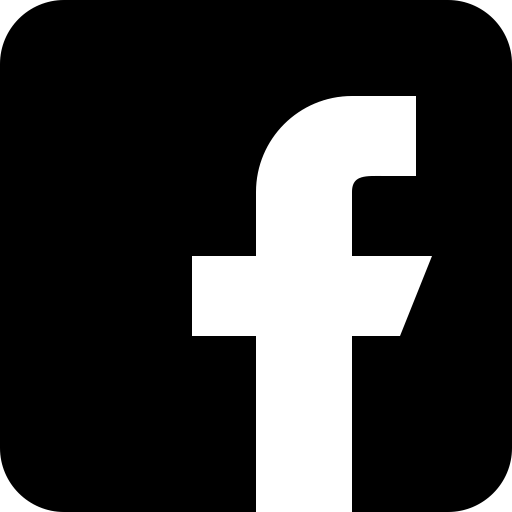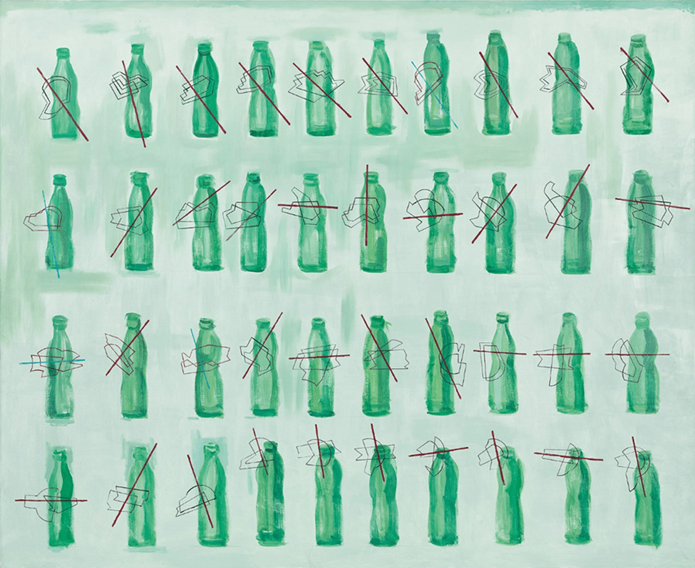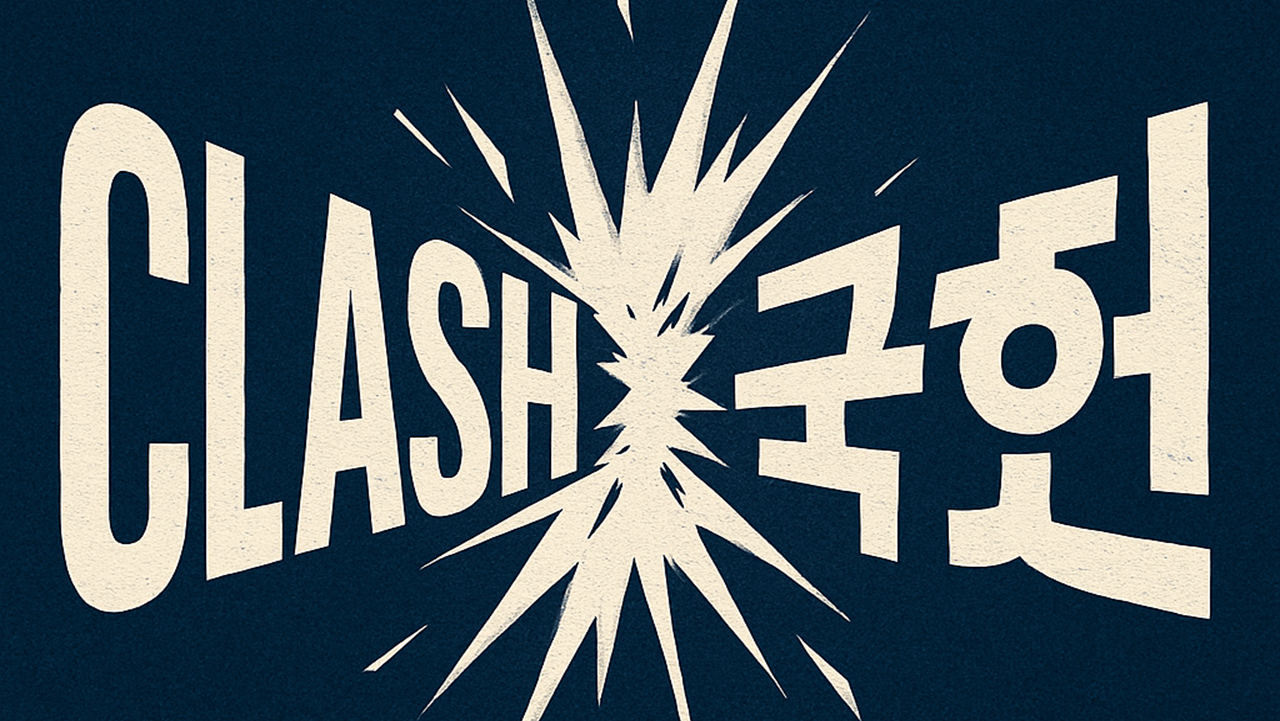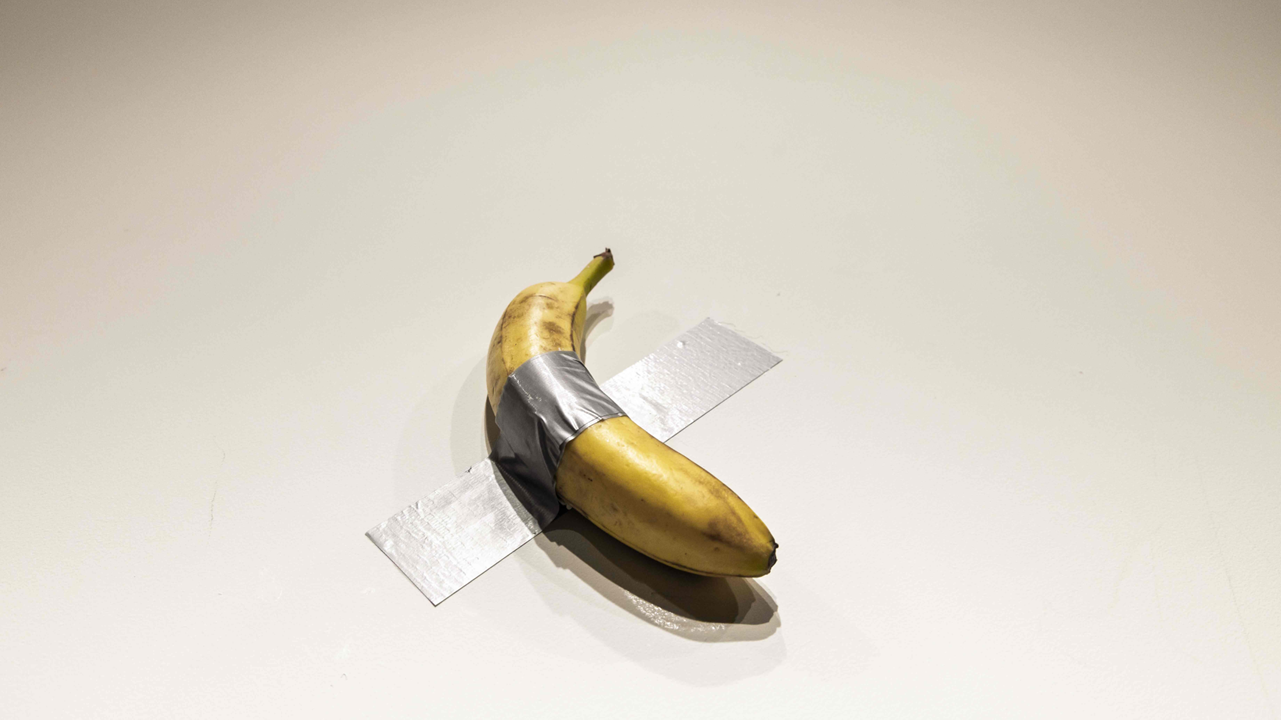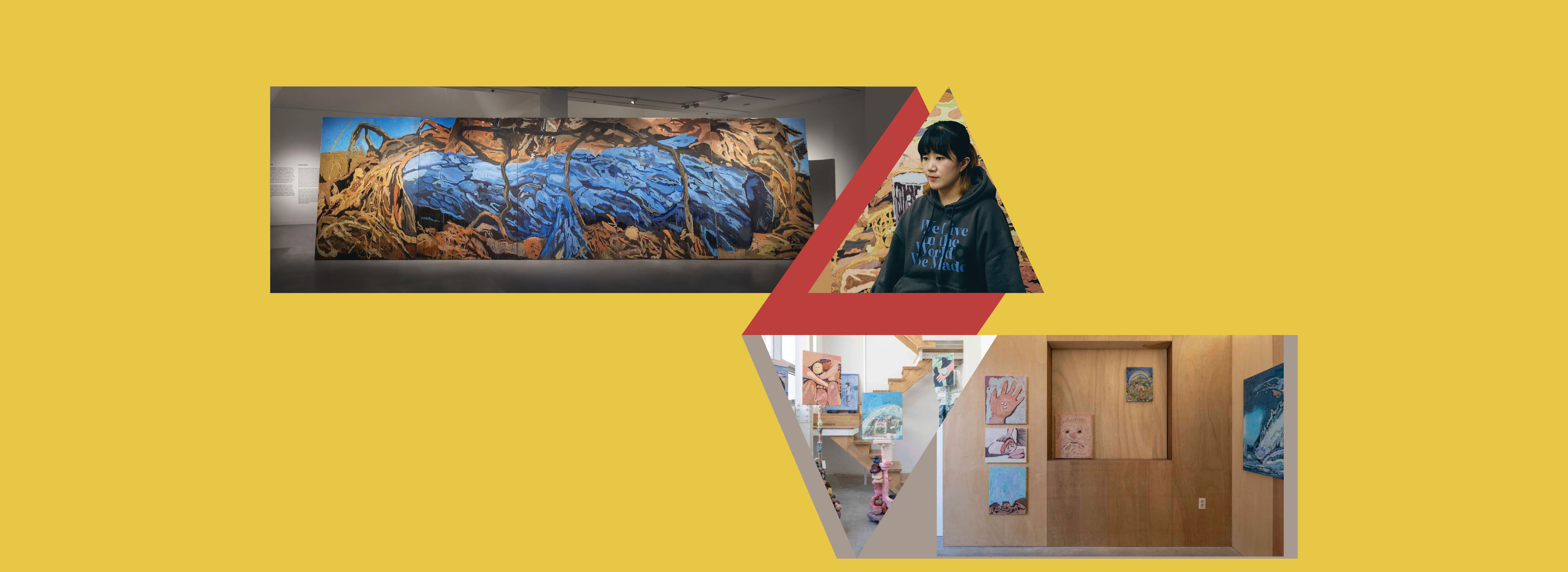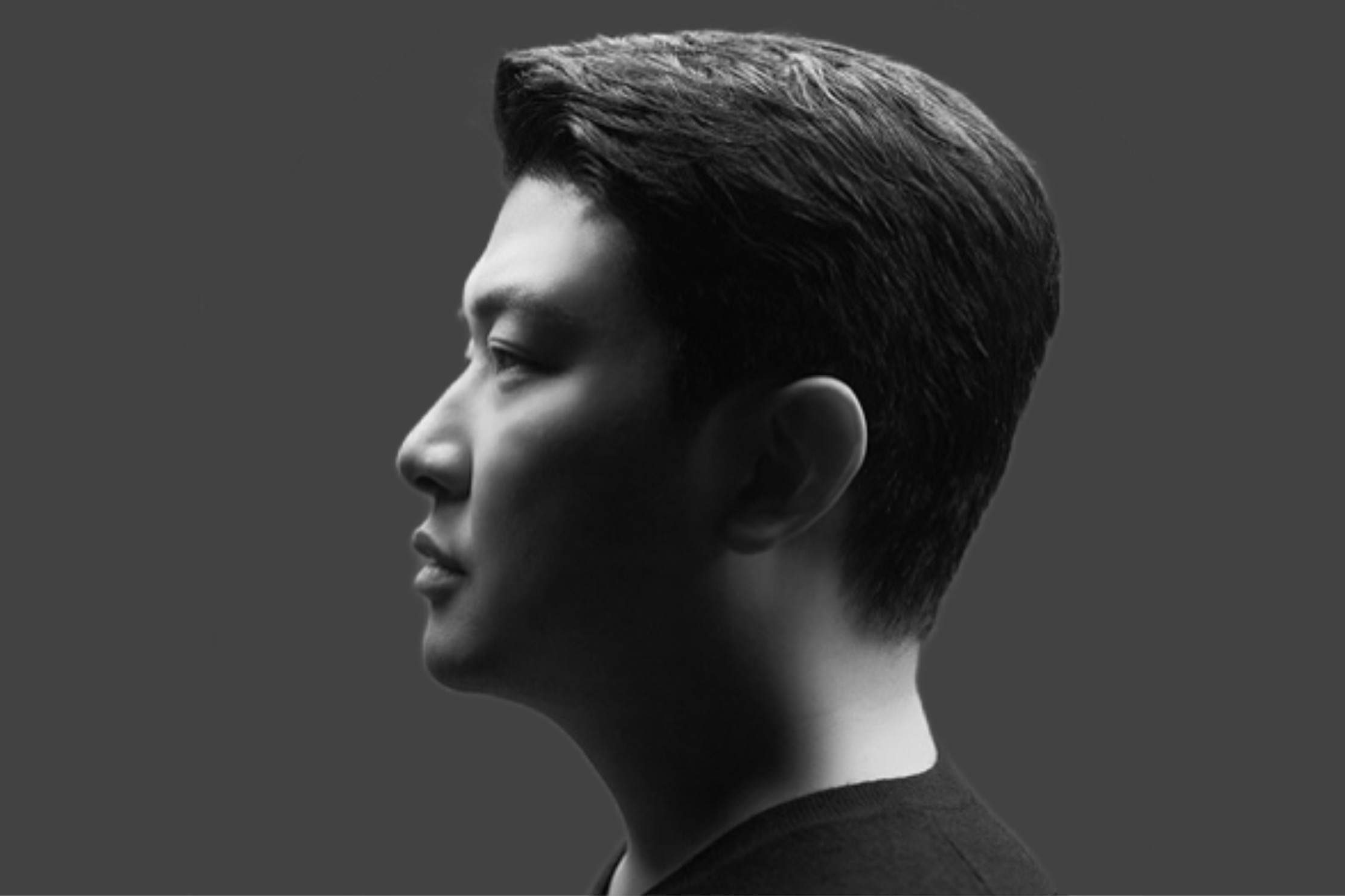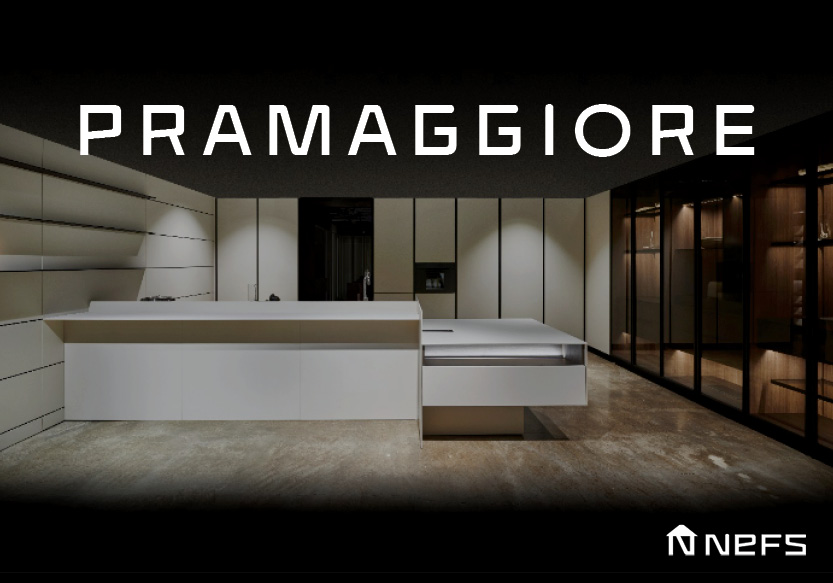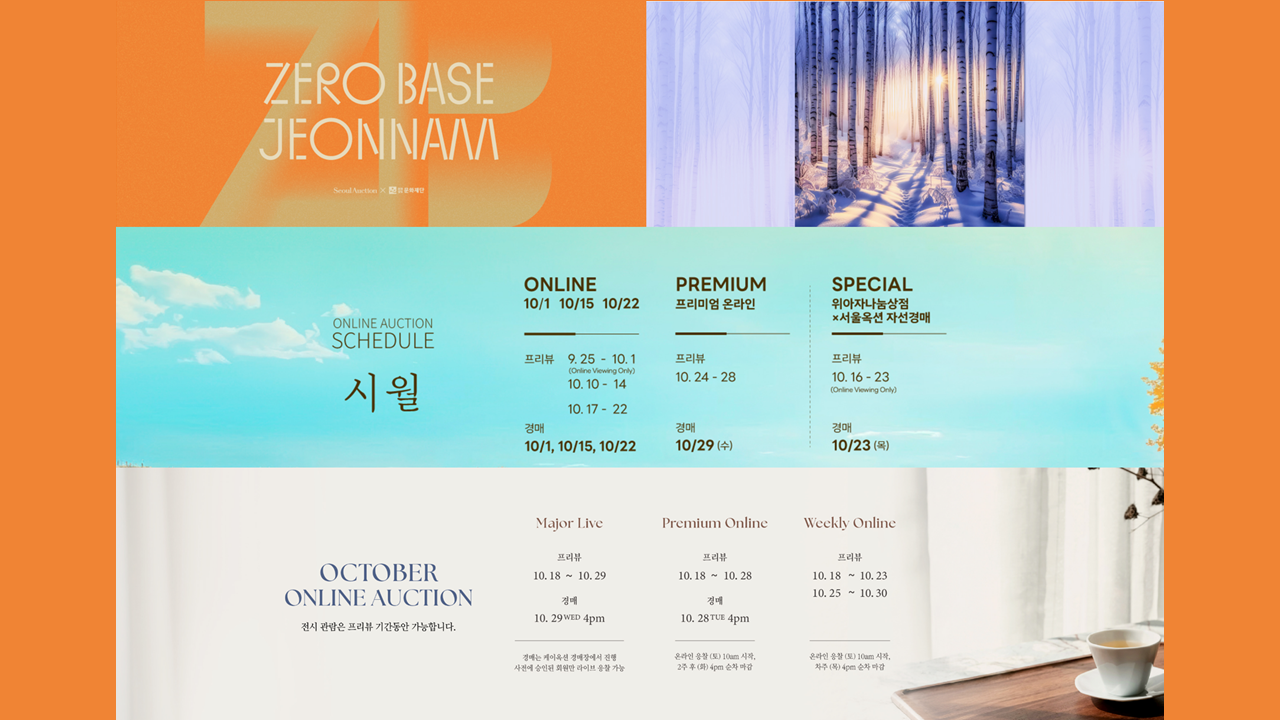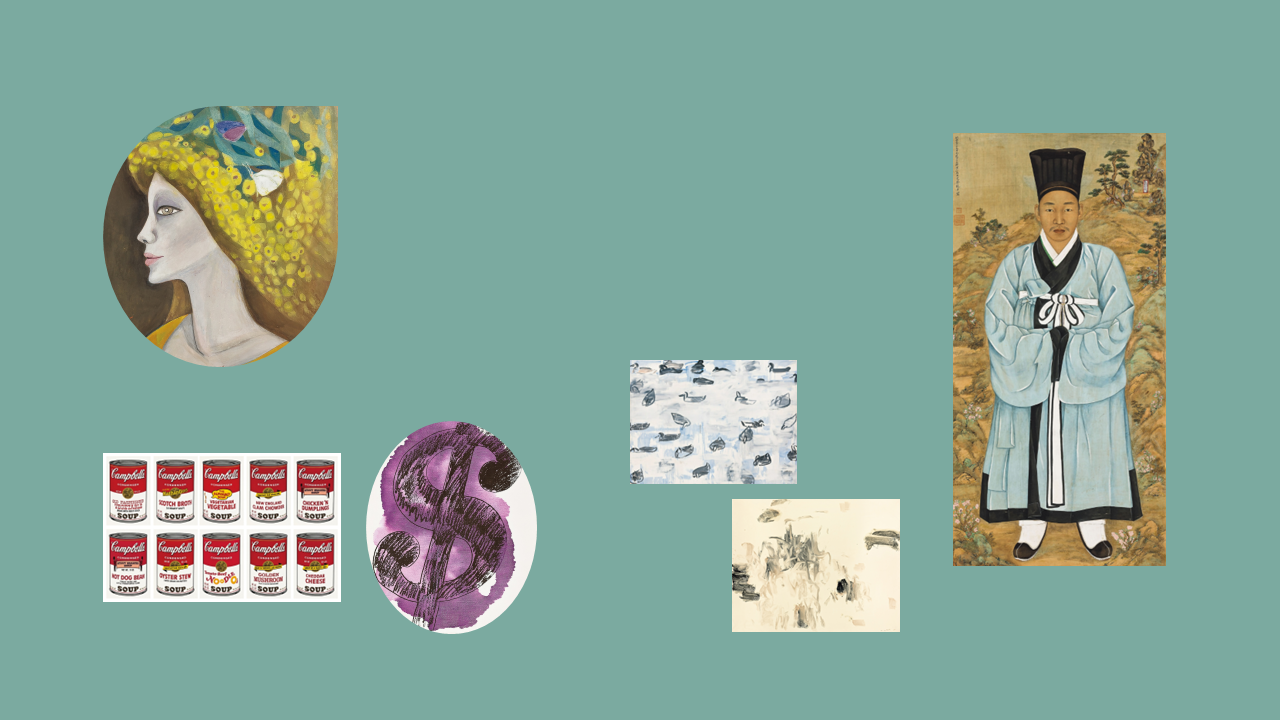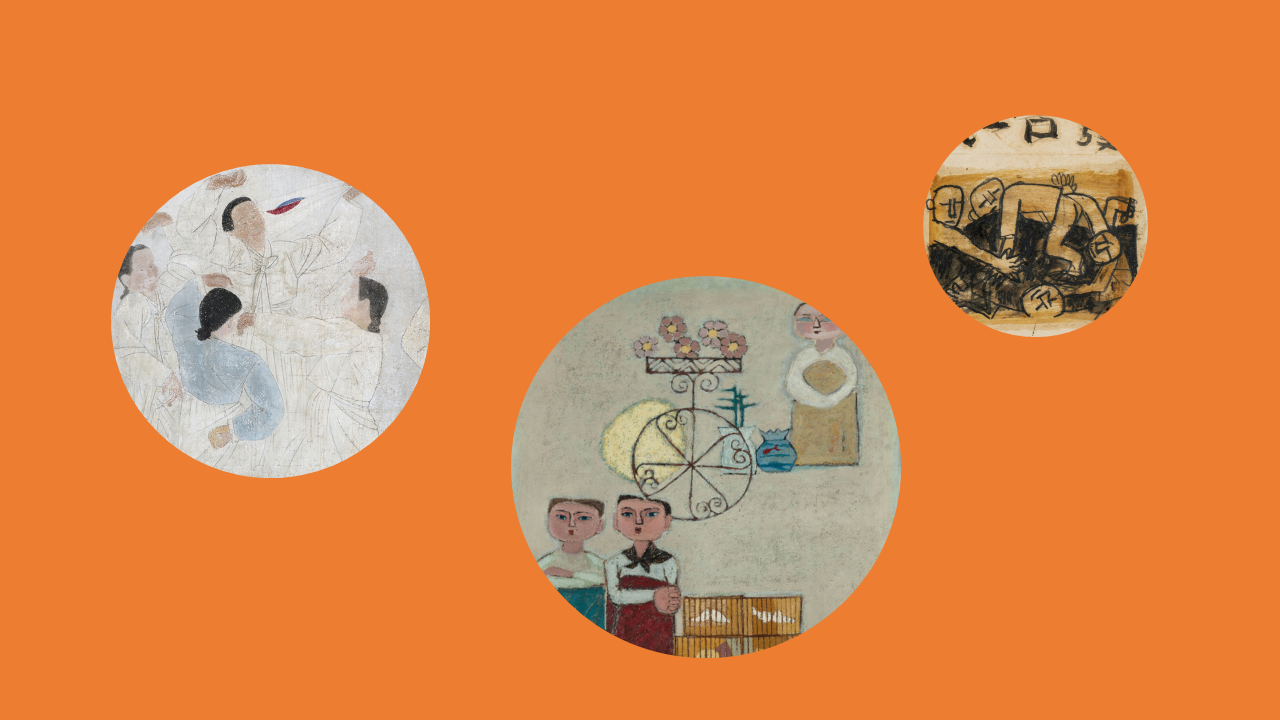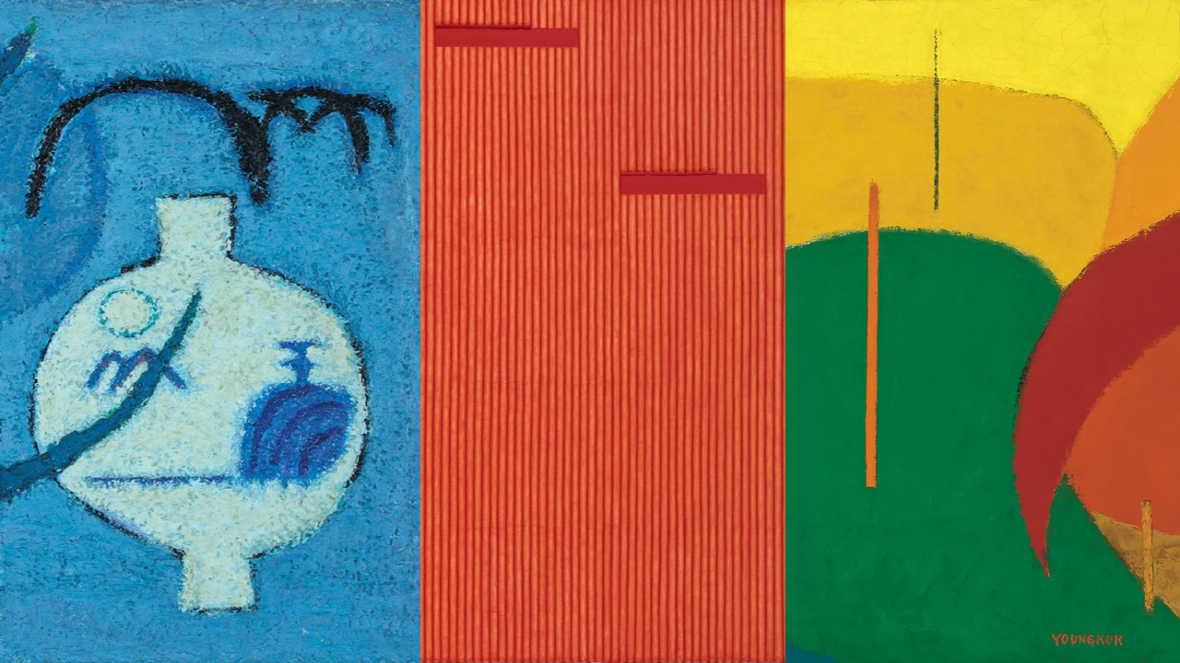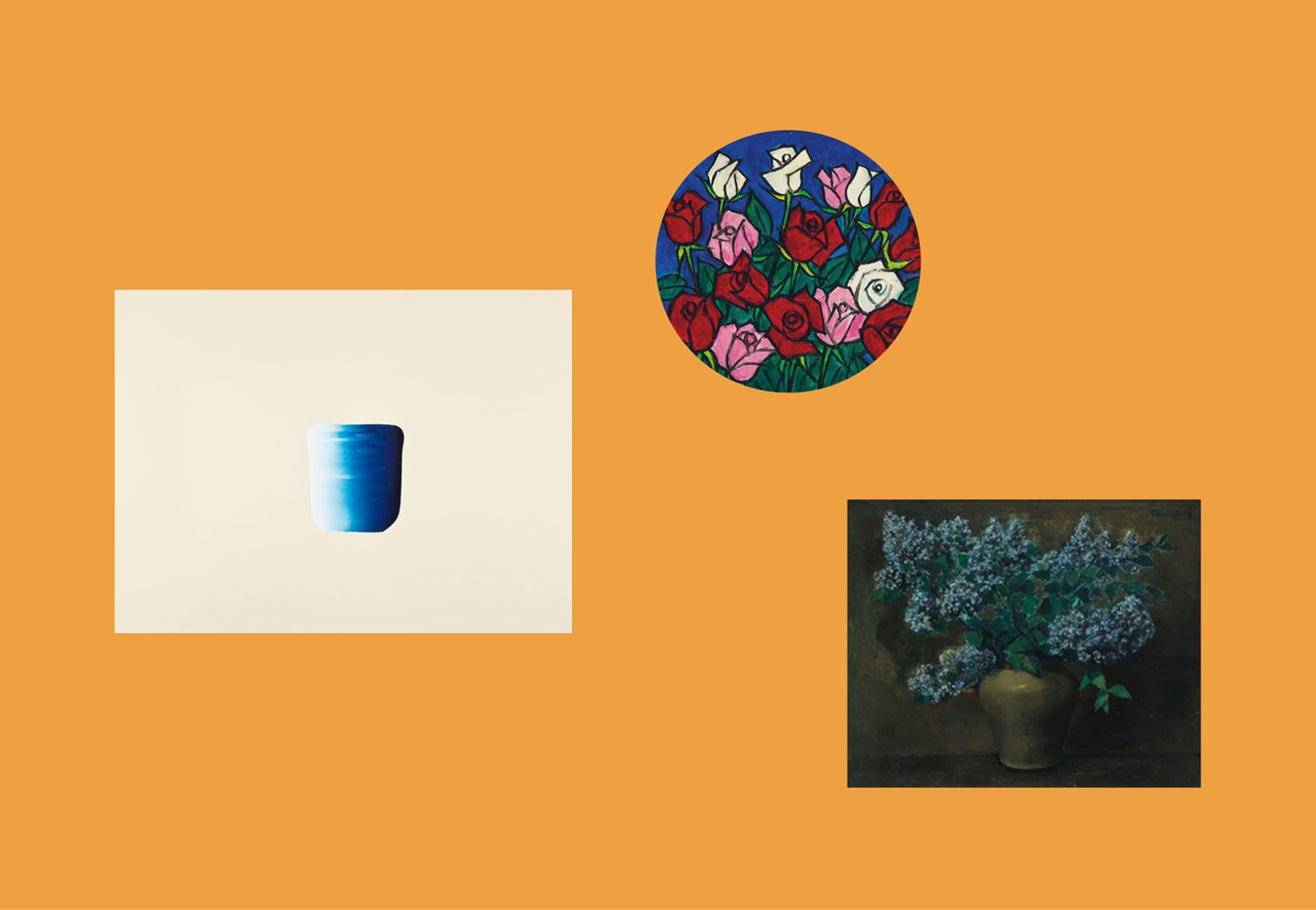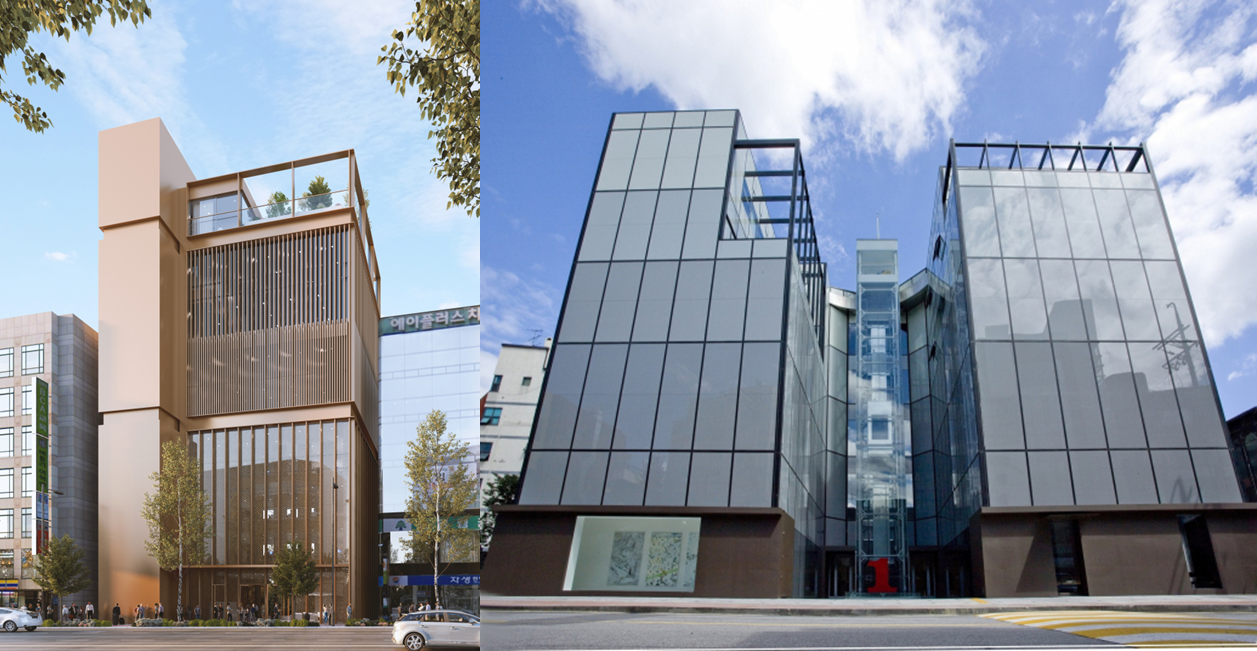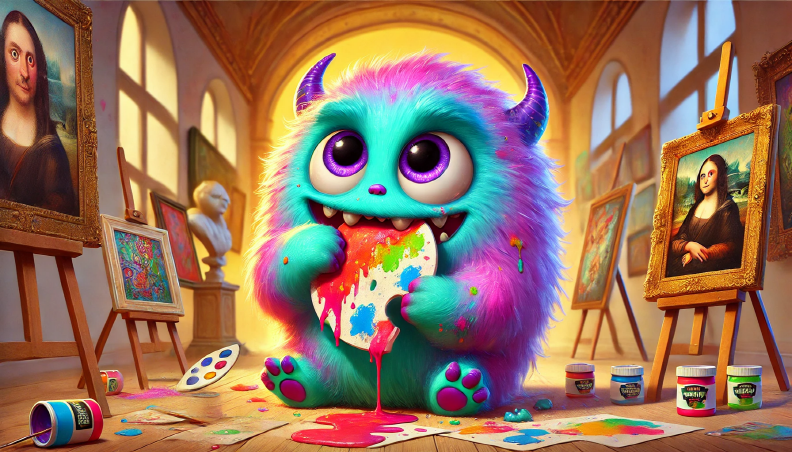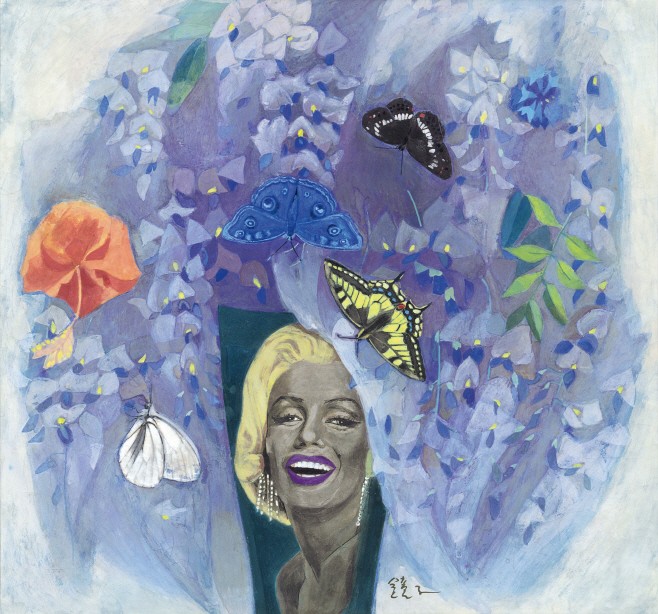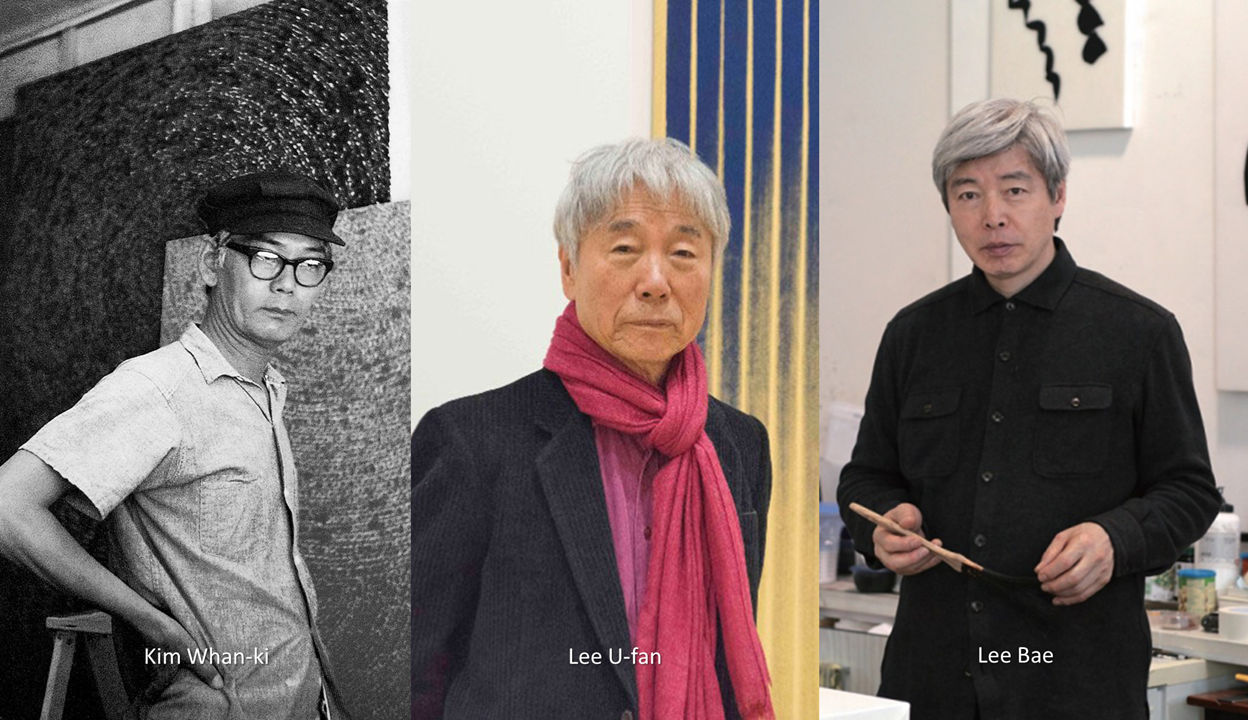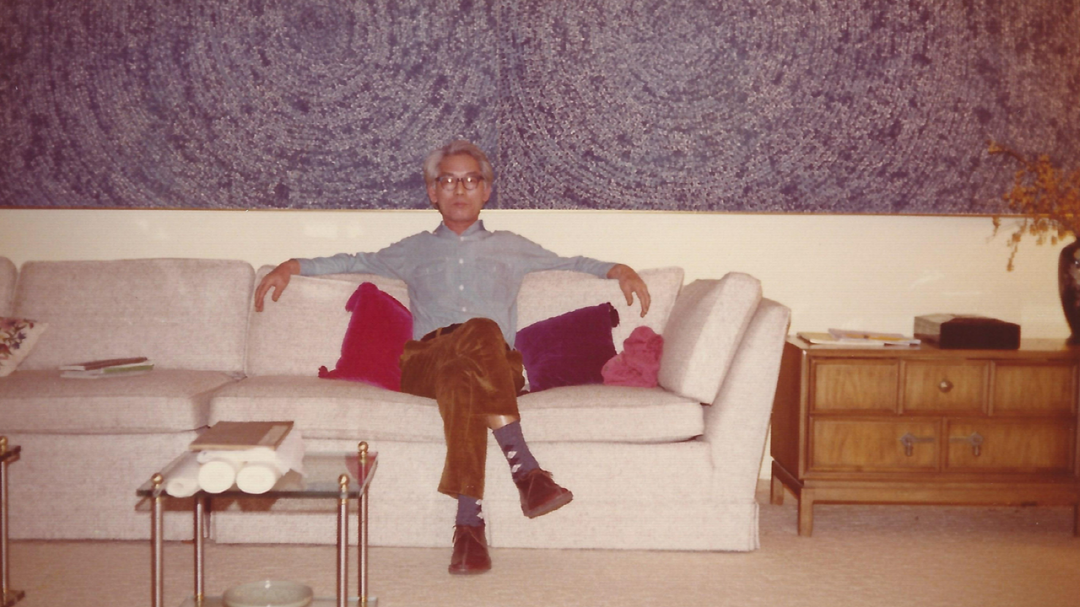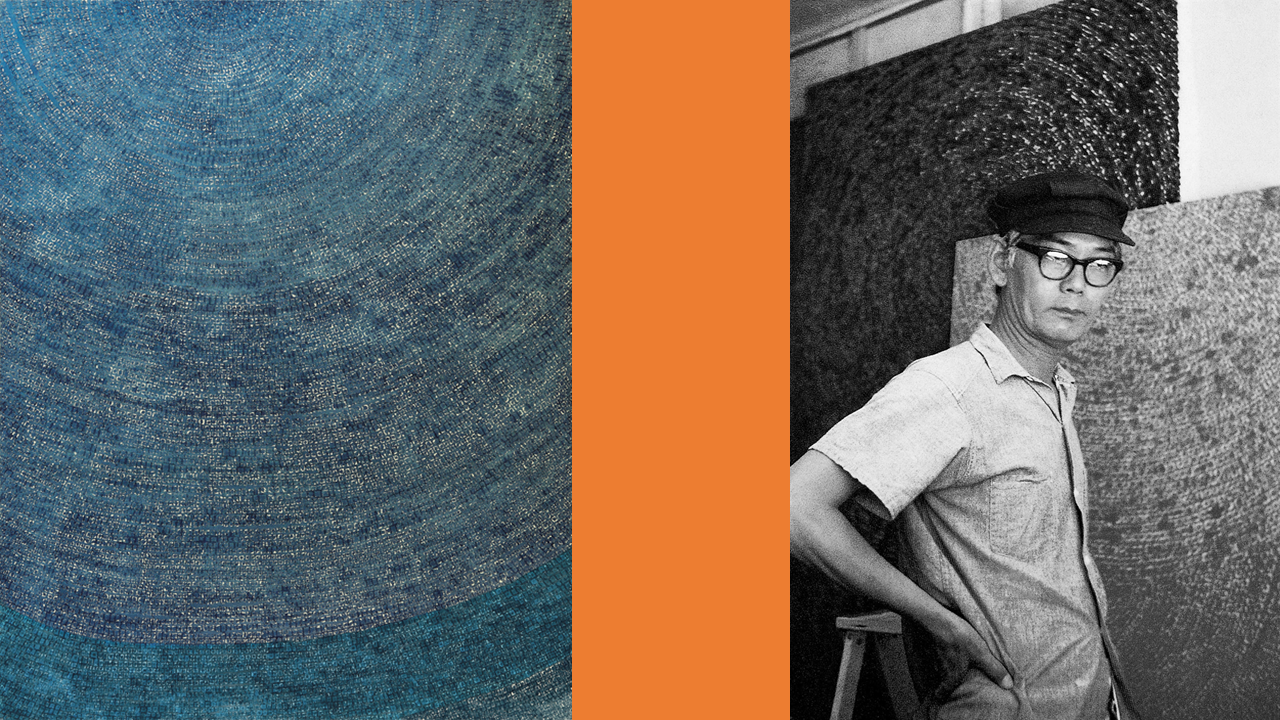In September
2025, K Auction and Seoul Auction both held regular sales, producing meaningful
results despite a sluggish art market. Both houses put Korean modern masters at
the forefront, stimulating demand from collectors, and some works drew intense
competition and high prices.
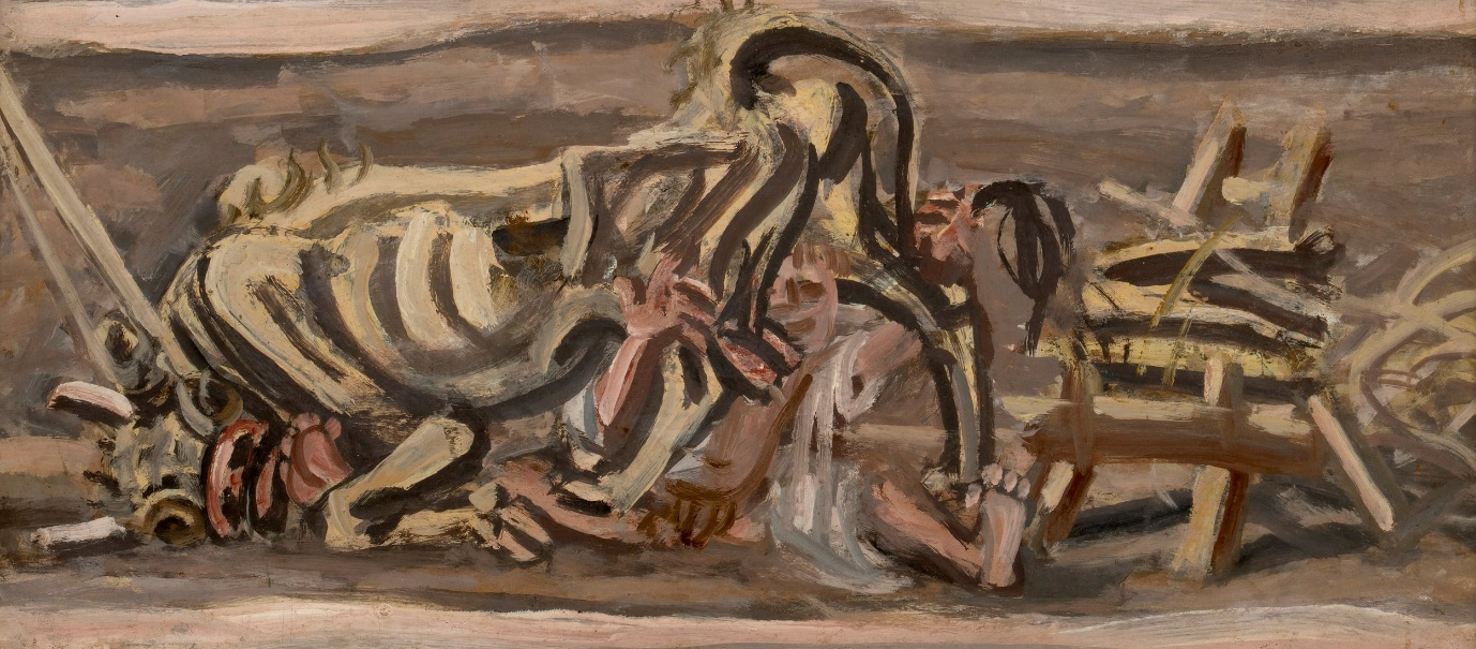
Lee Jung-seop, Cow and Child(1954). 29.8 × 64.5 cm. / Courtesy: K Auction
K Auction: Lee
Jung-seop’s Cow and Child Fetches KRW 3.52 Billion
(approx. USD 25.5M)
At the September
24 sale at K Auction’s Gangnam headquarters, Lee Jung-seop’s Cow
and Child(1954) became the highlight of the evening. Bidding
opened at KRW 2.5 billion (approx. USD 1.8M) and climbed to a final hammer
price of KRW 3.52 billion (approx. USD 25.5M). The painting had been
purchased by the late Jeong Ki-yong, former head of Woon Gallery, at Lee’s 1955
solo exhibition at Mido Department Store and remained in his collection for 70
years until it appeared at auction for the first time.
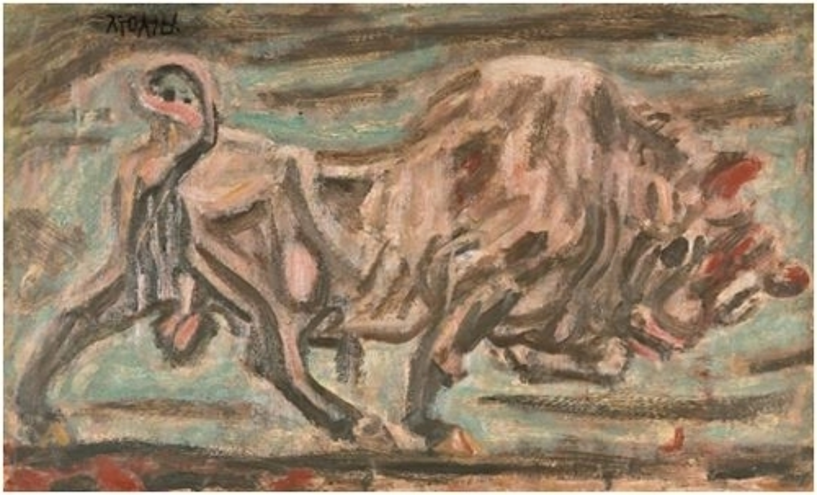
Lee Jung-seop, Cow (undated). Sold at Seoul Auction in 2018 for KRW 4.7 billion (approx. USD 3.4M).
Lee’s ‘Cow’
series survives in only about ten known examples, most of which are held by
museums and institutions, making their appearance at auction exceptionally
rare. In 2018, another Cow sold at Seoul Auction for KRW
4.7 billion (approx. USD 3.4M), setting the artist’s auction record. While
this September’s result did not surpass that benchmark, it reaffirmed the
resilience of blue-chip masterpieces by Korean modern masters.
The same sale
also saw Park Soo-keun’s Mountain sell for KRW 1.2
billion (approx. USD 0.87M), underscoring continued collector confidence in
the greats of modern Korean art. The auction featured a wide range of works by
Kim Whanki, Lee Ufan, Yun Hyong-keun, Park Seo-bo, Chung Sang-hwa, and Kim
Tschang-yeul, alongside pieces by international names such as Yayoi Kusama and
David Hockney. In total, 223 lots were offered, with preview exhibitions and
social media campaigns fueling strong pre-sale interest.
Seoul Auction:
KRW 4.81 Billion (approx. USD 3.5M) in Sales, Rebounding After Five Months
On September 23, Seoul
Auction held its 186th sale at the Gangnam Center, realizing a total of KRW
4.81 billion (approx. USD 3.5M) with a sell-through rate of 61%. It was the
first time in five months that the house’s sales volume surpassed KRW 4 billion
(approx. USD 2.9M), offering a sign of recovery in a subdued market.
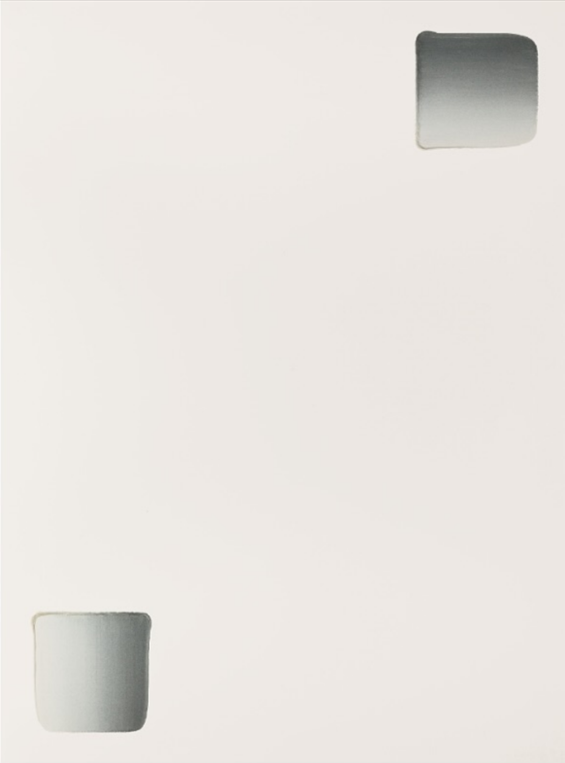
Lee Ufan, Dialogue, sold for KRW 850 million (approx. USD 620,000). / Courtesy: Seoul Auction

Park Seo-bo, Ecriture No.950815, sold for KRW 350 million (approx. USD 250,000).
The top lot was
Lee Ufan’s Dialogue, which sold for KRW 850
million (approx. USD 0.62M). Park Seo-bo’s Ecriture No. 950815
achieved KRW 350 million (approx. USD 0.25M), while another Lee Ufan
canvas from his From Line series fetched KRW 360
million (approx. USD 0.26M). Together, these modern masters anchored the
sale.
The auction also
included a Korean traditional art section, with highlights such as a
Joseon-period white porcelain jar and Hong Se-seop’s Animal
Painting, some of which exceeded their presale estimates.
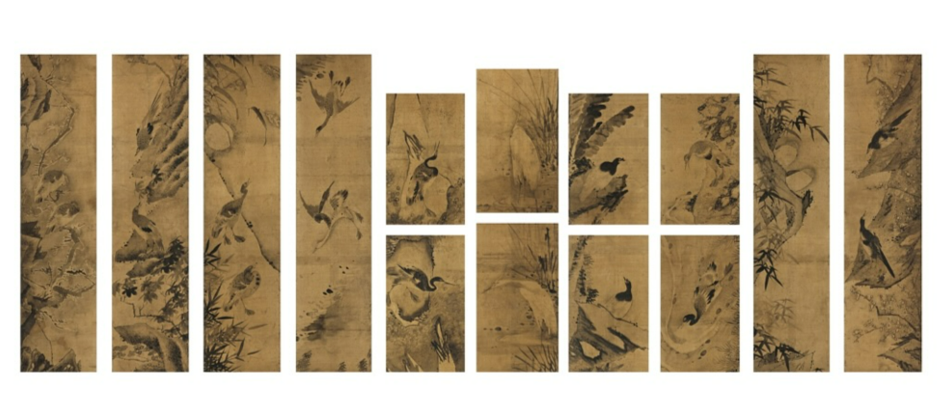
Hong Se-seop, Animal Painting (Yeongmodo), sold for KRW 250 million (approx. USD 180,000).
Another notable
feature was the launch of Seoul Auction’s new luxury session, “The Prestige
Sale: Icons of Luxury”. High-end Jacob & Co. watches such as the ‘Opera
Godfather’ and ‘Casino Tourbillon’ were offered, representing an
attempt to expand beyond fine art into lifestyle collecting categories.
However, this experiment saw mixed results, with some items failing to sell or
withdrawn before the sale.
Market
Analysis: Premium for Masters and Experiments in Diversification
Three key themes
emerged from September’s results:
1. The
enduring premium of blue-chip masters
Works by canonical figures such as Lee Jung-seop, Park Soo-keun, Lee Ufan, and
Park Seo-bo continue to anchor the market. Rarity and quality remain decisive,
with collectors willing to compete aggressively for exceptional examples.
2. Signs of a
modest rebound
Seoul Auction’s sales recovery indicates a slight uptick in collector appetite,
coinciding with the September art week surrounding Frieze Seoul and Kiaf.
Still, K Auction has not disclosed its total sales or sell-through rate, making
it difficult to conclude that the broader market has recovered.
3. Experiments
in category expansion
Seoul Auction’s luxury section and inclusion of Korean traditional art,
alongside K Auction’s broader international lineup, reflect attempts to
diversify the buyer base. Yet short-term results were mixed, reaffirming that
the strongest driver of sales remains the supply of high-quality works by
masters.
Conclusion
The September
2025 Korean art auctions can be summarized as a “selective recovery centered on
blue-chip masters.” K Auction captured attention with the rare appearance of
Lee Jung-seop’s Cow and Child, while Seoul Auction
delivered improved sales figures and a modest rebound after months of sluggish
performance.
Still, overall
sales volumes remain far from past highs. How the auction houses secure fresh
masterpieces and broaden their collector base will be critical in determining
whether the market’s current stability evolves into sustained recovery.

